By Jay Crandall
Nothing is more frustrating than having a reporter or media outlet tell you they would love to cover your event, but they just don’t have the staff to show up. But, take heart, staff shortages doesn’t necessarily mean getting short-changed on media coverage. Despite, having less staff print, radio and TV newsrooms still need to provide content for newscasts, websites, podcasts, YouTube channels and printed publications. As public relations specialists we are in a unique position to help fill that space, with the added benefit that we often have even more control over the messaging.
In The Ferraro Group’s Phoenix office we’ve had great success in garnering coverage by providing content including video, photos and editorial content directly to news organizations. While this strategy does not guarantee coverage, there are several steps you can take to help increase the odds.
- Provide high-quality video. Of course, everyone uses their phone to take photos and video, but news organizations will be skeptical of using “amateur” video. The best way around this is to make sure all content you send is the best quality possible.
- Remember this is video, don’t have people pose and don’t be afraid to move the camera, however, make sure you always know what subject you are moving to before you start the move and bookend your shot with 5-7 seconds holding on one spot at the beginning and end of your move. This helps with editing.
- If you have a light kit, use it, the added light will improve almost any shot.
- The latest iPhones include an action mode, so you can easily walk as you follow subjects without camera “shake.” Don’t be afraid to move, you will get better and more interesting shots.
- Be sure to get a variety of close, medium and wide shots for editing purposes.
- Also remember, to shoot in landscape mode. While vertical video is great for social media, television is designed for horizontal video.
- Edit your video before sending to newsrooms. Television newsrooms not only have fewer reporters and photographers, they have fewer editors. Sending raw video to a TV station just creates added work. You can find several simple editing programs on-line or if you work on a mac use iMovie. You do not need to be fancy, just provide approximately one minute of video broken down into 4-6 second shots. It is ok to send both edited and raw video, but make sure to give media stations the option.
- Practice your photo techniques. Just like with video, you want to provide professional looking photos print publications. Whether you use your phone or a DSLR camera, take time to practice around the house and at the office, using different subjecs and lighting conditions. Work to capture candid shots, they will provide more interesting photos for newsrooms than posed photos.
- Provide editorial content. Don’t just send your photos and video along with a press release or brief description. Also provide captions for your photos and write the article or video story for them. Again, receiving a piece of video and a press release alone just makes more work for already busy producers. Take the time to actually write a script or short article for them, even if they do not use it in its entirety, chances are high they will lift key sentences from what you provide. The added benefit here, is you control the message.
- Offer alternative ways to cover the story. Both TV and radio stations now rely more on zoom or phone interviews. Make sure to offer up live or taped interviews accompanied by photos or video you provide. This option allows newsrooms to still feel like they are controlling the story, through the interview, without having to send a crew out to gather visuals.
- Up your chances of coverage with an unusual pitch. Aside from sending out a press release, include something extra in your pitch. If possible, I like to send out a “video press-release.” This is basically a short story produced by the agency that includes an interview with the person who will be available to reporters and shows key pieces of video. This helps ensure newsrooms they will have a solid interview and plenty of visuals for their crew. While not always an option, this tactic is worth the effort.
In short, newsrooms are busier than ever looking for content for broadcast, print and websites. At the same time they are trying to fill that space with reduced staffs or journalists who have taken on even more tasks. By providing those journalists with high-quality visuals, accompanied by strong editorial content, you dramatically increase your chances of positive media coverage and taking greater control of your messaging.
Jay Crandall is a former 3TV Phoenix Emmy-award winning journalist turned PR Pro.

